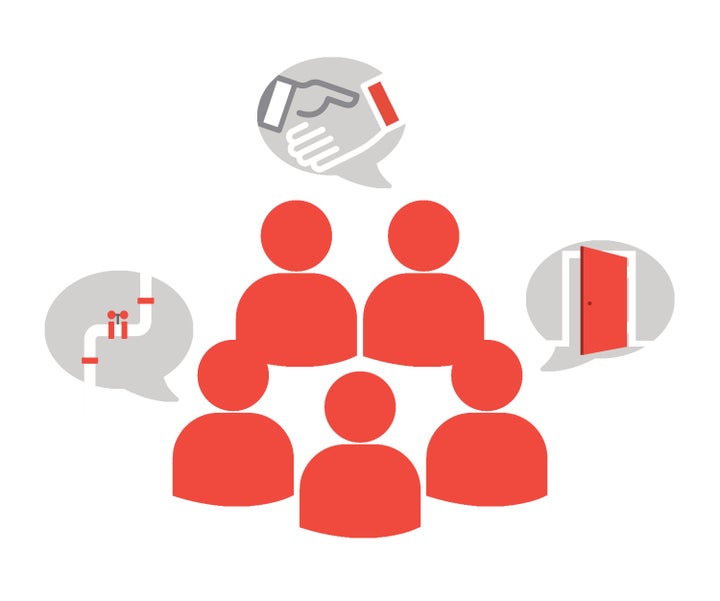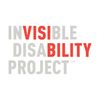By Linda Williams, Ph.D. / Invisible Disability Project
“Equity” is broadly circulated in diversity hiring discourse, and yet even with wide recognition, the term remains inconsistently or poorly defined. Part of this vagueness stems from the fact that “equity” is often used interchangeably with “equality.” These terms, however, are critically different: Equality is the goal and equity is the means applied to achieve that goal.
Equality ensures that everyone receives the same opportunities, whereas equity ensures that everyone receives what they need. In essence, there can be no equality without equity. Conversations around equity in hiring practices too often center around gender, age, or race— without acknowledging disability as an identity[1]. Visible or invisible disabilities, however, are significant markers often tied to other identities and will impact most of us at some point during a typical lifespan.
To understand how technology firms address issues of equity in hiring practices, Invisible Disability Project interviewed SAP and Microsoft about their respective programs that focus on hiring autistic employees. These programs address a serious under-employment issue for the autistic community, increase morale and decrease employee attrition while they simultaneously expand their workforce; they recognize that the best person for the job may process information differently or employ alternative neural pathways which lead to greater potential for successful outcomes.
Pioneering a Program
I spoke with Jose Velasco, Head of SAP’s Autism at Work program in the U.S. He started by saying, “We saw it as a journey, to be honest. No one had ever done something like this, on this scale before”.
In 2014 SAP made a commitment and testified before the U.N. on their intent to design and pilot such a program. He indicated they had to put a stake in the ground, mark space and set goals. They started with a 1% hiring goal, but early on they discovered and identified many challenges associated with creating a global Autism at Work program, which included workforce and “enterprise” readiness, creating/maintaining a pipeline of autistic candidates and the differing cultural views on autism.
“We saw it as a journey” — Jose Velasco , SAP Head of Autism at Work
SAP lead by aligning with global and in-state partners to design and pilot various iterations of the programs in the U.S. and abroad. To foster early talent, they piloted high school mentorship programs, and a six-week university summer residential internship. By late 2016, SAP hired 115 autistic individuals in 16 locations across 9 countries. Of the 115, there were full-time employees, contractors, and interns. The Autism at Work Program, in collaboration with partners, designed a 6 person support team for every person hired. The team was made up of managers, volunteer mentors and “buddies” and state funded job coaches provided by the Offices of Vocational Rehabilitation.
As the program develops and matures, SAP is broadening their impact by sharing knowledge with other technology organizations and industries to encourage autistic hiring practices. SAP engages in monthly and sometimes weekly calls with Microsoft, Hewlett-Packard Enterprise, Cisco, and Ernst & Young.
Collaboration and Growth of New Processes

Microsoft’s Front Door
Neil Barnett is Microsoft’s Lead in their Autism Hiring Program. When I spoke with Mr. Barnett, he expressed sincere gratitude for SAP and the collaboration on this shared vision. Through their own pilot history, Microsoft has identified challenges and developed hiring practices that work best on their campus. Mr. Barnett acknowledged the challenge of growing the pool of autistic candidates, but from a different point of view. When Microsoft first announced their Autism Hiring Program, they received an onslaught of applications. The early challenge was finding talent for specific positions. including product testers, engineers, and the desire to expand to paralegal, human resources, graphic design and beyond. They identified the “front door” as the greatest problem to solve. Many talented autistic candidates may have employment gaps, come from non-traditional schools, or perform poorly in a screening interview with a recruiter. Microsoft decided their focus would be on the availability and accessibility of their front door.
Collaboration with the Autism Community

People collaborating
The key to success is having autistic voices heard and, more importantly, having people with autism or disabled people, involved in shaping the hiring and employment circumstances. In order for this to happen, education must be as focused and curated on the challenges at play on the corporate side as on the autistic side. Rather than want to “fix”, or over-train those with autism, the tech industry must learn to trust in the autistic community and then broaden the range of employment beyond the “technology savant” stereotypes. Maintaining faulty stereotypes or problematic metaphors that indicate autistics are not whole, or seen as useless to some — fracture and displace a community that is in more need of acceptance than awareness.
SAP has impressive goals well into 2020 for their Autism at Work program. So long as the collaborations and open conversations continue, and include the autism community and broader disability communities, equality and equity are possible. So much goodness for so many — is excitingly possible.
Attend The Autism at Work Summit held at Stanford University on April 12th, 2017 learn more here
Learn more about Invisible Disability Project: Workforce Revolution
[1] Here I want to acknowledge my privilege. I am a straight, white female with two graduate degrees. I do not experience poverty. I have an invisible disability and I am able to “pass” on most days. I am not formally diagnosed as Autistic.
